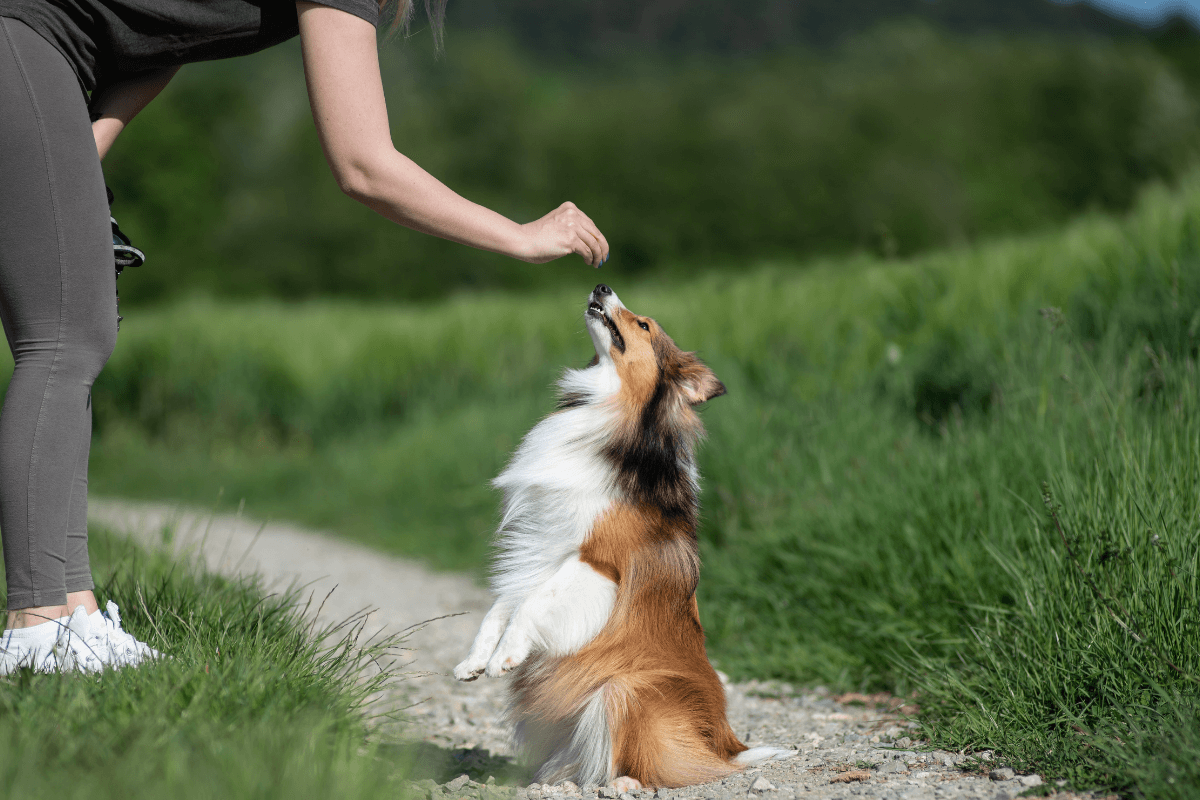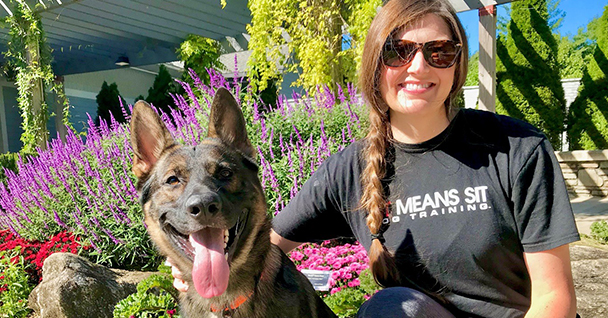The Ultimate Guide to Favorable Reinforcement in Dog Training
The Ultimate Guide to Favorable Reinforcement in Dog Training
Blog Article
Essential Tips for Effective Dog Training: A Guide for Animal Owners
Efficient pet training is a diverse procedure that requires a calculated strategy tailored to both the animal's temperament and the owner's objectives. Trick parts such as developing consistent commands, utilizing positive support, and helping with very early socializing play important roles in promoting a well-adjusted canine friend. Numerous animal owners come across obstacles that can impede development, leading to irritation and unpredictability. Comprehending how to browse these barriers can significantly boost the training experience, eventually changing the relationship in between owner and dog. What are the essential strategies that can be used to make sure success in this undertaking?
Understanding Dog Habits
Comprehending dog habits is essential for effective training and fostering an unified connection in between dogs and their proprietors. Dogs communicate largely via body movement, vocalizations, and activities, making it critical for owners to analyze these signals properly. Identifying a canine's position, tail setting, and ear positioning can offer insights into its mood. For instance, a wagging tail does not always show happiness; it can additionally indicate excitement or anxiousness.

Socialization plays a significant duty in dog behavior; direct exposure to different atmospheres, people, and various other pets can dramatically impact a canine's character. Aspects such as breed attributes and private personality ought to assist training techniques, as some types might have particular behavioral attributes that require tailored approaches. By comprehending these components, owners can create an encouraging environment that encourages favorable habits, leading to successful training end results and a much deeper bond with their animals.
Developing Regular Commands
Reliable communication with your dog starts with establishing constant commands. This foundational element of training is essential for promoting understanding between you and your pet dog. Uniformity in the commands you make use of makes sure that your pet can dependably connect details words or expressions with the wanted behaviors.
When choosing commands, select clear, distinctive words that are simple to state and set apart from one an additional. Avoid making use of similar-sounding commands that may perplex your dog. Making use of "rest" and "stay" is proper, but "rest" and "struck" might lead to misconceptions.
Additionally, maintain the very same tone and quantity for every command. Pets are delicate to singing hints, so differing your tone can create complication.
It is just as important to ensure that all member of the family are on the very same web page pertaining to the commands utilized. A united front in command use will stop blended signals and enhance the understanding process.
Positive Reinforcement Methods
The power of positive support in pet training depends on its ability to motivate preferred habits through rewards and appreciation. This strategy is based in the concept that habits adhered to by beneficial results are most likely to be repeated. By including positive reinforcement into your training program, you can effectively form your pet dog's habits in a positive fashion.
To execute positive support, it's necessary to identify what motivates your pet, whether it be treats, toys, or spoken praise. When your dog performs a desired activity, such as remaining on command, instantly reward them with a treat or love. This association between the command and the favorable outcome strengthens their understanding.
It's crucial to timing the incentives correctly; supplying the reinforcement within secs of the desired actions helps your pet make the link (dog training). Additionally, uniformity is vital-- make sure that all family participants utilize the exact same commands and benefit systems wikipedia reference to avoid complication

Progressively, you can decrease the frequency of treats as your canine discovers the actions, transitioning to praise or recurring rewards. This technique not only cultivates a strong bond between you and your canine however likewise advertises a positive learning setting, making training a delightful experience for both.
Socialization and Communication
Regularly subjecting your pet dog to a variety of atmospheres, individuals, and other pets is critical for their social development. Socializing ought to begin early, preferably throughout the important window of 3 to 14 weeks, when pups are most responsive to brand-new experiences. Older pet dogs can likewise profit from ongoing socializing initiatives.
Present your canine to different settings, such as parks, pet-friendly shops, and metropolitan locations. This direct exposure aids them adapt to numerous stimuli, reducing anxiety and fear reactions. Encourage positive interactions with other pets and people, guaranteeing that these encounters are regulated and secure to cultivate self-confidence.
Use organized playdates with well-mannered canines, as this can boost your pet dog's social abilities and educate them ideal behavior. Obedience courses and training sessions also supply outstanding opportunities for socialization, permitting your pet to connect with others in a supervised atmosphere.
Screen your canine's body movement throughout interactions, as this will certainly assist you evaluate their convenience degree. Gradually raise exposure to even more challenging scenarios while making sure that each experience declares. A well-socialized canine is most likely to show well balanced behavior, making them a joy to have in any type check my blog of setup.
Attending To Usual Training Obstacles
Every pet proprietor will come across training obstacles eventually, despite their pet dog's age or socializing level. Recognizing typical concerns such as stubbornness, distractions, and terror can help in establishing efficient techniques for renovation.

Progressively present distractions as the pet ends up being more skillful in commands. Short, regular training sessions are additionally effective in preserving attention.
Terror can hinder a dog's learning process. Steady desensitization to the source of concern, coupled with favorable reinforcement, can aid Website reduce anxiousness. Perseverance is vital; never compel a canine into a situation that creates distress, as this may worsen the issue.
Inevitably, understanding and resolving these common obstacles with an organized technique will cultivate a more productive training experience, enhancing the bond between pet dog and proprietor while advertising reliable learning.
Conclusion
In recap, effective pet training counts on a thorough understanding of canine behavior, the facility of consistent commands, and the application of positive reinforcement techniques. Socializing plays a crucial duty in creating well-adjusted animals, while attending to typical training challenges requires patience and adaptability. By implementing these important strategies, pet dog owners can cultivate a solid bond with their canines and advertise desirable actions, ultimately resulting in a harmonious partnership in between human beings and their canine friends.
Understanding dog habits is necessary for effective training and fostering a harmonious connection between canines and their proprietors.Socialization plays a considerable duty in dog actions; exposure to different atmospheres, people, and other pets can significantly affect a pet's temperament.The power of positive support in pet training lies in its ability to motivate wanted actions through incentives and appreciation. By including positive reinforcement right into your training routine, you can effectively form your pet's habits in a constructive fashion.
In recap, effective canine training depends on a thorough understanding of canine behavior, the establishment of regular commands, and the application of favorable support techniques.
Report this page